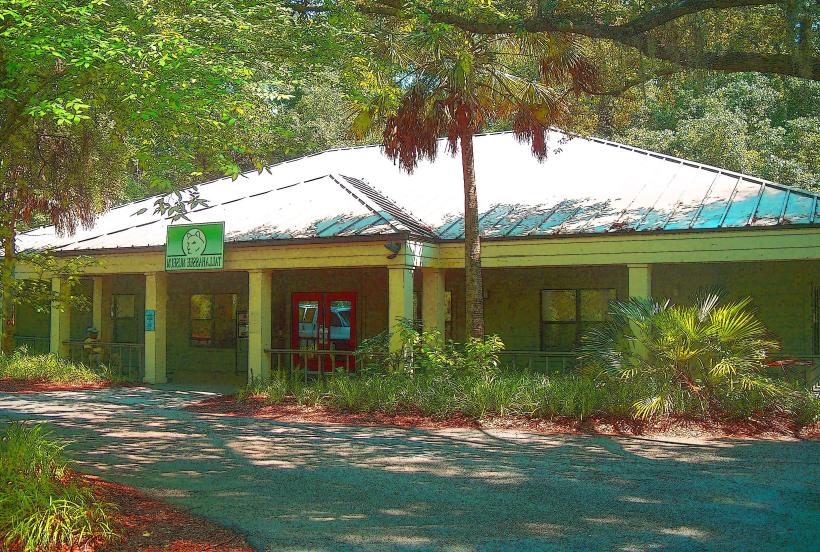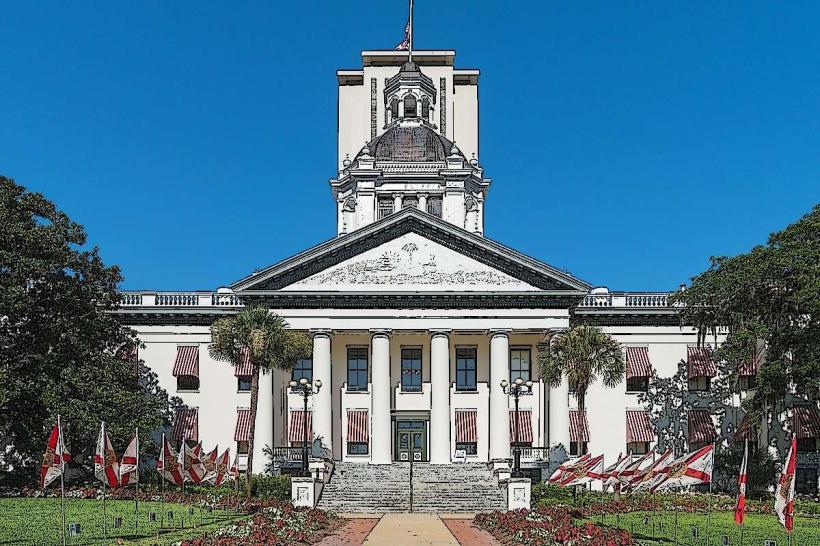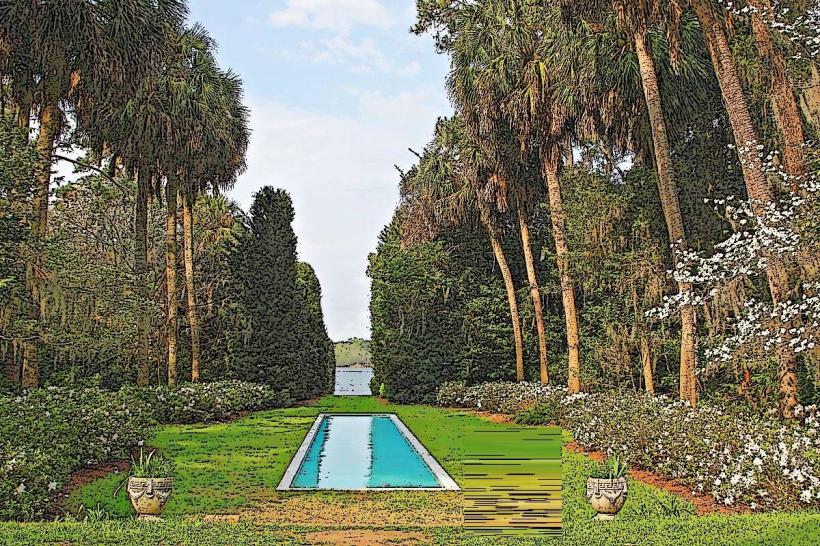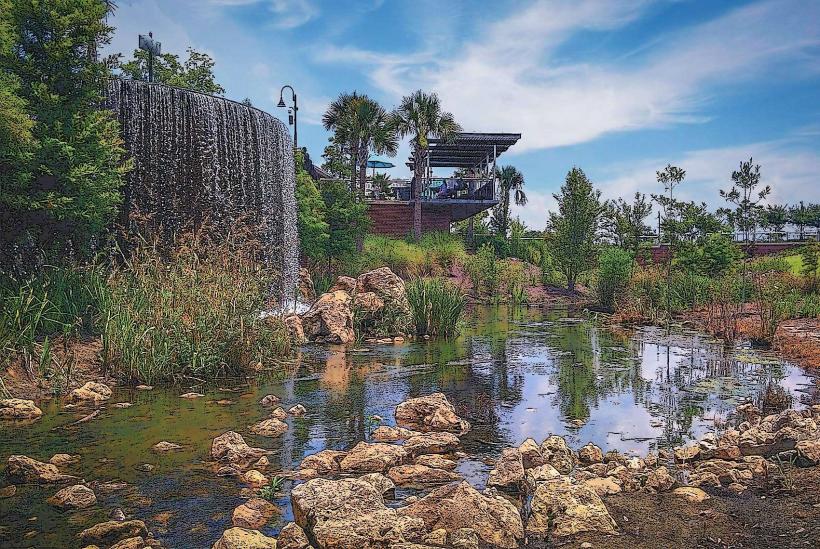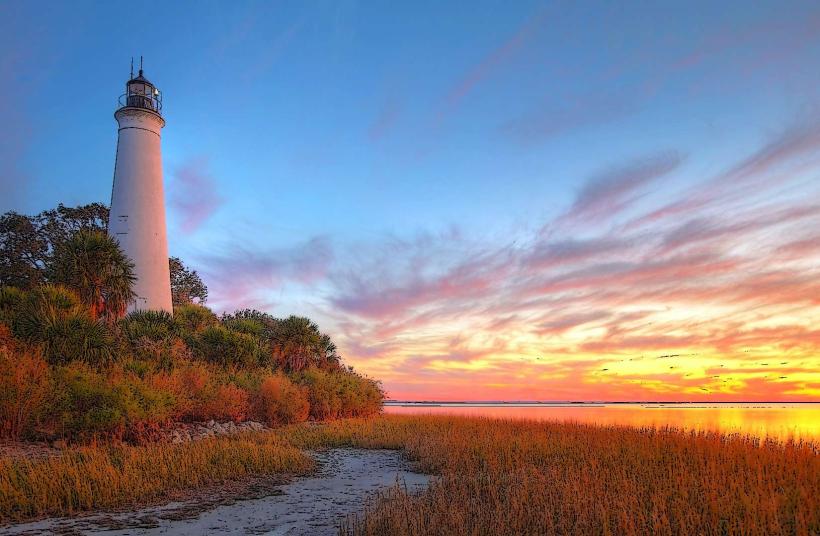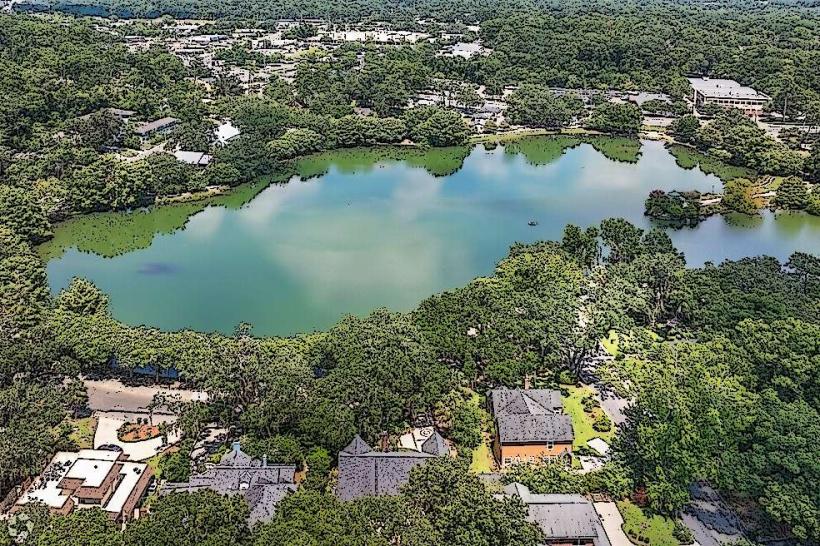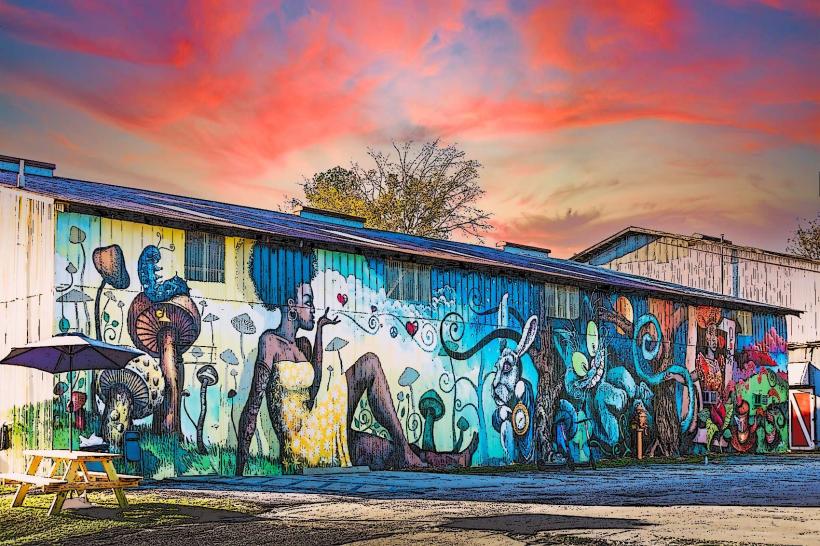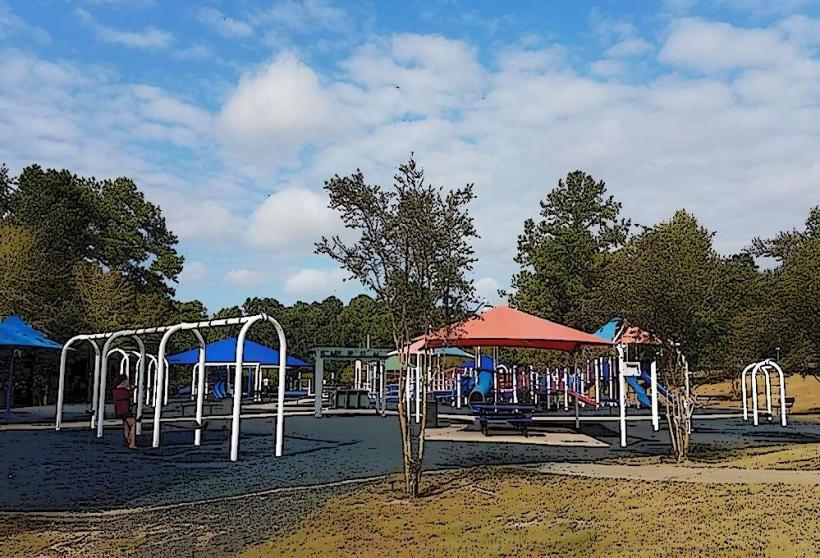Information
Landmark: Mission San LuisCity: Tallahassee
Country: USA Florida
Continent: North America
Mission San Luis, Tallahassee, USA Florida, North America
Mission San Luis de Apalachee was the most important Spanish mission in Florida's western frontier and a key site of interaction between European colonists and Native American peoples in the 17th century. It was located in the Apalachee Province, an area inhabited by the Apalachee Indians, near modern-day Tallahassee, Florida. Here's a detailed overview of its history, cultural significance, and legacy:
Historical Background
Founding: Mission San Luis was officially established in 1656 by Spanish Franciscan friars and Spanish colonial authorities. It was part of the broader Spanish mission system in La Florida, a region that extended over much of the southeastern United States. Spain’s goals were to spread Christianity (specifically Catholicism), maintain political control, and integrate the indigenous populations into the colonial system.
Apalachee People: The Apalachee were a powerful and sophisticated Native American group who had established agricultural societies well before European contact. They were known for cultivating maize and constructing large ceremonial structures. When the Spanish arrived, the Apalachee formed an alliance with them for mutual benefits—military protection in exchange for labor and conversion to Christianity.
Strategic Importance: Mission San Luis served as the western capital of Spanish Florida. Its location in the Apalachee region was strategic: it provided access to rich farmland, trade routes, and a buffer against English expansion from the Carolinas.
Layout and Daily Life
The mission combined Spanish colonial and Apalachee cultural elements. It was a large, organized settlement with both religious and military purposes. Major components included:
Church and Convento: The heart of the mission. The church was used for Mass, baptisms, and religious festivals. The convento housed Franciscan friars who lived among the Apalachee, taught the faith, and supervised daily activities.
Council House (Buhio): This was an enormous circular building used by the Apalachee for governance, ceremonies, and community events. It could seat up to 2,000 people, reflecting the importance of native leadership and traditions even under Spanish influence.
Barracks and Fort: A wooden stockade and blockhouse protected the settlement. A small garrison of Spanish soldiers was stationed there to guard against attacks from rival native groups or English forces.
Apalachee Homes: These were built in traditional styles, with thatched roofs and wattle-and-daub walls. The Apalachee continued farming and crafting tools, baskets, and pottery, adapting their lifestyle to the colonial mission environment.
Plaza: A central open space for gatherings, markets, and festivals, blending Spanish colonial urban planning with indigenous practices.
Food and Agriculture: The mission relied on local farming (especially maize, beans, and squash), hunting, and livestock introduced by the Spanish, including pigs and cattle.
Cultural Interactions and Challenges
Religion and Conversion: The Franciscans aimed to convert the Apalachee to Catholicism. While many Apalachee were baptized, conversion was often superficial, and traditional beliefs persisted. A blend of Catholic and indigenous practices emerged.
Labor and Tribute: Apalachee labor supported the mission—working in fields, constructing buildings, and performing domestic service. Tribute was paid in food and other goods to the Spanish authorities.
Tensions: While the alliance was mostly cooperative, tensions occasionally arose. Some Apalachee resented Spanish demands, religious control, and the introduction of European diseases.
Destruction and Abandonment
Queen Anne’s War: In the early 1700s, the mission faced increasing threats during Queen Anne’s War (1702–1713), part of a wider conflict between European powers in the Americas. English forces from the Carolina colony, allied with Creek warriors, launched devastating raids on Spanish missions.
1704 Campaign: Led by Colonel James Moore, English and Creek forces attacked the Apalachee Province. Many missions were destroyed. Fearing capture, the residents of Mission San Luis burned it down themselves and fled. Some joined the Spanish retreat to St. Augustine or Havana; others were captured or fled into the wilderness.
Archaeology and Reconstruction
Rediscovery: Archaeological investigations began in the 1940s and intensified in the 1980s and 1990s. Excavations revealed the layout of the original buildings, burial sites, artifacts, and evidence of daily life.
Reconstruction: Today, Mission San Luis is a living history site, meticulously reconstructed based on archaeological findings and historical records. Visitors can see:
The council house, rebuilt to its original scale.
The church, fort, and convent, reconstructed with period-accurate methods.
Costumed interpreters portraying Spanish friars, soldiers, and Apalachee residents.
It is now a National Historic Landmark and part of the Florida Department of State, serving as both a museum and educational center.
Legacy
Mission San Luis offers profound insight into the complex relationship between European colonists and Native American peoples, revealing cooperation, conflict, adaptation, and resilience. It is one of the few mission sites in the southeastern U.S. where both the indigenous and colonial perspectives are equally represented in historical interpretation.

